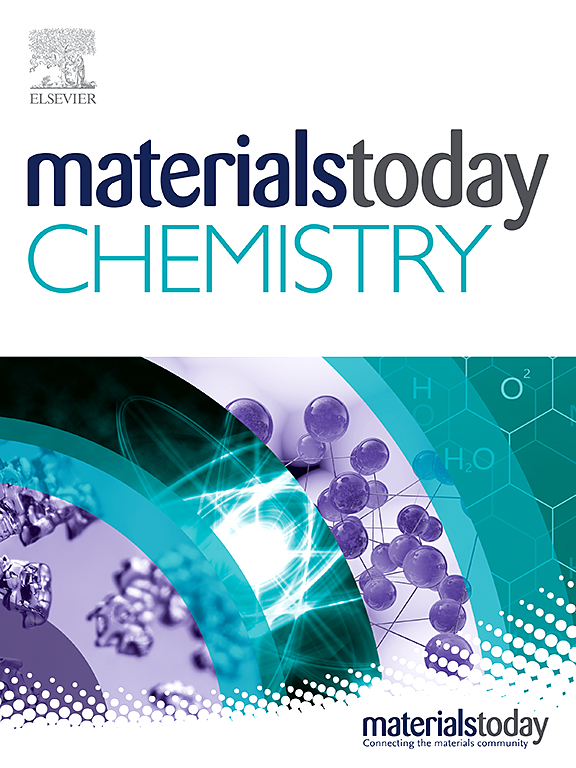Nitrogen doping in carbon xerogels via ammonia pyrolysis: A case study
IF 6.7
2区 化学
Q1 CHEMISTRY, MULTIDISCIPLINARY
引用次数: 0
Abstract
Nitrogen-doped carbon xerogels (CXNs) were carbonized across a range of temperatures (400 °C–800 °C) using sol-gel derived resorcinol-formaldehyde xerogel to elucidate their structural evolution during carbonization in ammonia. The investigation extensively probed chemical and structural changes in CXNs at varying carbonization temperatures, employing analytical methods such as X-ray photoelectron spectroscopy, infrared spectroscopy, and energy-dispersive X-ray spectroscopy. These findings were thoroughly compared with the local structure derived from total X-ray scattering and Raman spectroscopy. The results showed a transformation in the local ordering and chemical structure of CXNs, characterized by a reduction in oxidation sites, expansion of C sp network structures, leading to the growth of aromatic domains, and the incorporation of nitrogen into the carbon backbone structure. Pyrolysis in ammonia notably influenced the textural structure, resulting in a partial loss of mesopores and an increased micropore volume.通过氨热解在碳 xerogels 中掺氮:案例研究
利用溶胶-凝胶衍生的间苯二酚-甲醛 xerogel 对掺氮碳 xerogel(CXNs)进行了不同温度(400 ℃-800 ℃)的碳化,以阐明其在氨中碳化过程中的结构演变。这项研究采用 X 射线光电子能谱、红外光谱和能量色散 X 射线光谱等分析方法,广泛探究了不同碳化温度下 CXNs 的化学和结构变化。这些发现与全 X 射线散射和拉曼光谱得出的局部结构进行了深入比较。结果表明,CXNs 的局部有序性和化学结构发生了变化,其特点是氧化位点减少、C sp 网络结构扩大,从而导致芳香结构域的增长,以及氮被纳入碳骨架结构。在氨气中的热解显著影响了纹理结构,导致中孔部分消失,微孔体积增大。
本文章由计算机程序翻译,如有差异,请以英文原文为准。
求助全文
约1分钟内获得全文
求助全文
来源期刊

Materials Today Chemistry
Multiple-
CiteScore
8.90
自引率
6.80%
发文量
596
审稿时长
33 days
期刊介绍:
Materials Today Chemistry is a multi-disciplinary journal dedicated to all facets of materials chemistry.
This field represents one of the fastest-growing areas of science, involving the application of chemistry-based techniques to the study of materials. It encompasses materials synthesis and behavior, as well as the intricate relationships between material structure and properties at the atomic and molecular scale. Materials Today Chemistry serves as a high-impact platform for discussing research that propels the field forward through groundbreaking discoveries and innovative techniques.
 求助内容:
求助内容: 应助结果提醒方式:
应助结果提醒方式:


